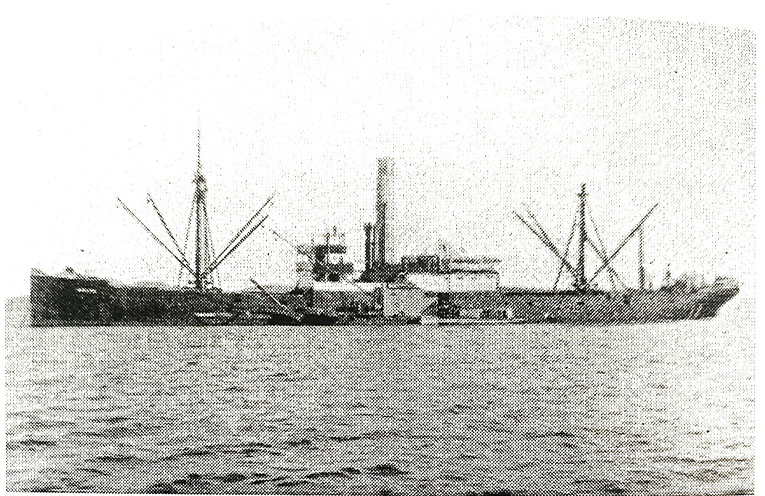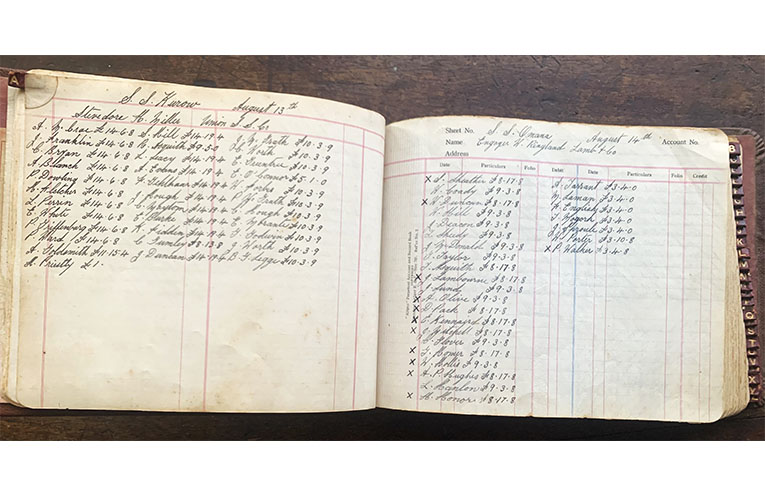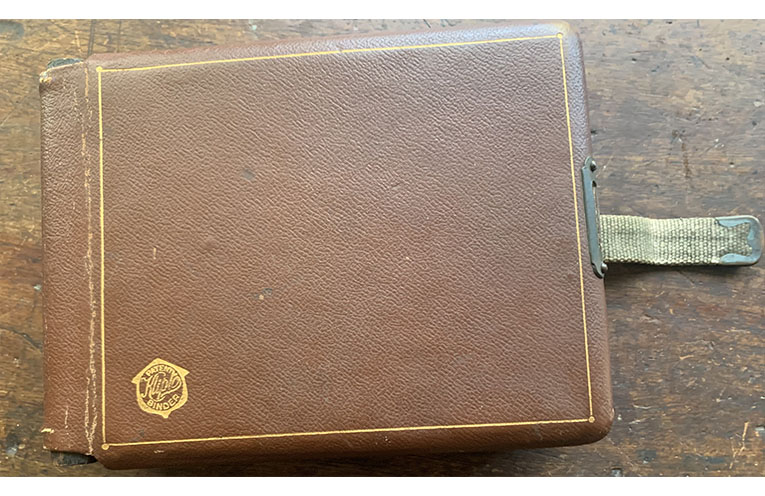IT IS difficult to imagine that back in the late 1800s up till the early 1900s, as our area’s population was growing, that the only transport was by water.
The Australian Alum Company operated the alumite mine at Bulahdelah from 1878 to 1952.
The mineral was smelted then transported on the Myall River to Winda Woppa where it was reloaded and shipped overseas for further processing.
The timber industry was also busy transporting timber on barges from Bulahdelah to the mills at Hawks Nest.
The first mill operated from 1867.
The timber was cut to size, reloaded, and sailing ships, three posters, came to Hawks Nest to load it for overseas trade.
The ballast from these ships can still be noted today.
As time passed the timber industry grew, the peak being in the 1920s and 1930s.
Larger ships entered the port and motor launches were used to take Port Stephens wharfmen to their working places at the ships’ sides, as the Myall River was too shallow for these ships to navigate.
From about 1916 there were six abandoned ship hulks at the entrance to the Myall River at Duckhole Bay.
Some of these hulks were towed off Pindimar in the 1940s and taken further out to serve as timber storage hubs or floating wharves awaiting ocean going ships.
On 5 May 1954, the last ship to load timber in Port Stephens was owned by the Union Steamship Company and among those who saw her sail out was my uncle, Percy Ward.
Percy had been the secretary of the Port Stephens Branch of the Waterside Federation since it had been formed 38 years earlier.
He remembered when two ships at a time would enter the port to load thousands of tons of timber and when his branch had 165 members.
He had seen 5000 ton ships loading timber piles, sleepers, telegraph and power transmission poles and sawn timber for interstate and New Zealand, but as time passed transport by road became increasingly available.
I have my uncle’s ledger from the 1920s which logs by name the ships which came in, the owner and the person who authorised the loading.
It then lists the names of those employed and the wage they were paid.
These waterside workers were local men – their wages would have been very welcome, especially during the 1930s Depression.
By Anne JOHNSON, Tea Garden Family Research and Local History
You can help your local paper.
Make a small once-off, or (if you can) a regular donation.
We are an independent family owned business and our newspapers are free to collect and our news stories are free online.
Help support us into the future.





